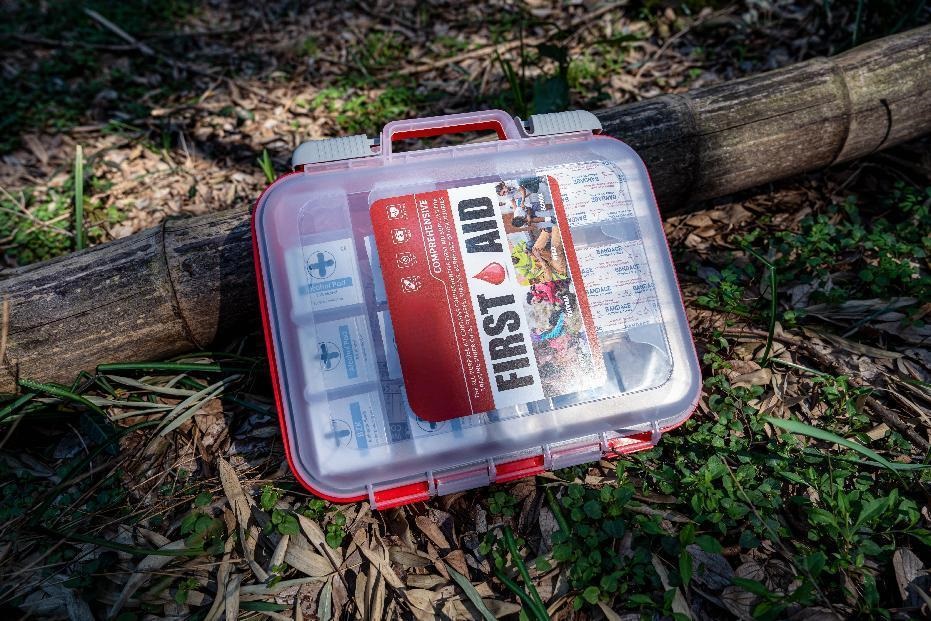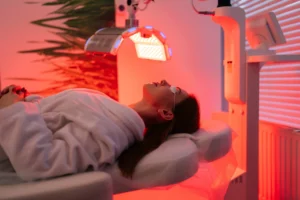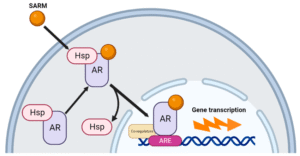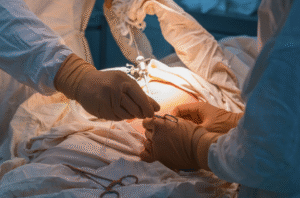
First aid kits have a rather long history during the period of modern medical development. They are crucial for providing immediate care during emergencies, ranging from minor injuries to more severe conditions when not having the access to professional care in time. An effective first aid kit can mean the difference between a minor incident and a major medical emergency. This comprehensive guide will explore the essential components of a first aid kit, their uses, and tips for maintaining and customizing your kit to suit various needs.
Nowadays, first aid kits are essential tools in homes, workplaces, schools, and vehicles. They provide the necessary supplies to treat injuries and illnesses until professional medical help is available. Having a well-stocked first aid kit can reduce the severity of injuries, prevent infections, and even save lives. The key to an effective first aid kit is not just the contents but also knowing how to use them properly.
For a traditional first aid kit, the most common components are the followings: adhesive bandages, sterile gauze, antiseptic wipes and other things like pain relievers and nasal airways for some rare & severe situations. Although you can see many companies in the industry have being trying to let the customers see the newly added medical items inside the kit, but most of them are just ways of promotion since the items added are usually unable to be used during actual practices either because the functional companions for the added items are missing or the logical arrangements for the entire packaging are not coherent.
But here at EMSRUN.com, the first aid kits are designed differently when targeting different groups of customers such as personal use, professional paramedics and occasion oriented pieces. Apart from the universal components, the differences are mainly manifested in the extra supplies. For example, there would be more small pieces for usual wound cares that everyone has the chance to encounter. While in a paramedic bag, there would be stethoscopes, CPR masks and other supplies that need professional training before using. As for the occasion oriented kits, the environment that the kits would be used shall be taken into consideration. For workplace first aid, the kit shall have the ability to be fixated onto the wall so that everyone would be able to get fast access. When placing the kit on board, the package shall be resilient to the sunlight, dust and salt water. If it is used for outdoor survival, compass, penlight and commando saw would probably be needed.
In this way, the functions of each first aid kit could be used to the most of it. A well-stocked and properly maintained first aid kit is an indispensable tool in managing medical emergencies, since such things happen everyday around us. EMSRUN turned their 2 decades of industrial experience into thorough understanding for the essential components that are inside medical kit to meet specific needs, ensuring the products are optimized for maximum effectiveness so that more lives could be saved with its help.
Basic Components of a First Aid Kit
- Adhesive Bandages
Adhesive bandages, commonly known as Band-Aids, are used to cover and protect minor cuts, scrapes, and blisters. They help prevent infections by keeping the wound clean and dry. A variety of sizes should be included to accommodate different types of wounds.
- Sterile Gauze Pads and Tape
Sterile gauze pads are used to cover larger wounds, control bleeding, and prevent contamination. Adhesive tape is necessary to secure the gauze pads in place. It’s advisable to have different sizes of gauze pads to handle various injuries.
- Antiseptic Wipes and Solution
Antiseptic wipes and solutions, such as hydrogen peroxide or iodine, are used to clean wounds and reduce the risk of infection. These are essential for treating cuts, scrapes, and other open injuries before applying bandages or dressings.
- Antibiotic Ointment
Antibiotic ointment, such as Neosporin, helps prevent infection and promotes healing of minor cuts, scrapes, and burns. Applying a thin layer of ointment before bandaging a wound can significantly reduce the risk of infection.
- Tweezers and Scissors
Tweezers are useful for removing splinters, ticks, and other small foreign objects from the skin. Scissors are necessary for cutting tape, gauze, and clothing when treating injuries. Ensure both are kept clean and sterile.
- Elastic Bandages
Elastic bandages, like ACE wraps, are used to support sprains, strains, and other injuries to joints and muscles. They help reduce swelling and provide stability to injured areas.
- Disposable Gloves
Disposable gloves protect both the caregiver and the patient from infections and contaminants. They are especially important when treating open wounds or dealing with bodily fluids.
- Instant Cold Packs
Instant cold packs are used to reduce swelling, pain, and inflammation caused by injuries such as sprains, strains, and bruises. They provide immediate cold therapy without the need for refrigeration.
- Hydrocortisone Cream
Hydrocortisone cream is used to relieve itching and inflammation from insect bites, rashes, and allergic reactions. It’s a versatile treatment for various skin irritations.
- Pain Relievers
Over-the-counter pain relievers like ibuprofen, acetaminophen, or aspirin are essential for managing pain, reducing fever, and alleviating inflammation. Including a variety of pain relievers ensures you have options for different needs and potential allergies.
- Thermometer
A digital thermometer is essential for checking body temperature, especially in cases of fever or hypothermia. It helps assess the severity of the condition and decide on further actions.
- First Aid Manual
A first aid manual provides step-by-step instructions for treating various injuries and illnesses. It’s a crucial resource for anyone unfamiliar with first aid procedures and can be a lifesaver in critical situations.





